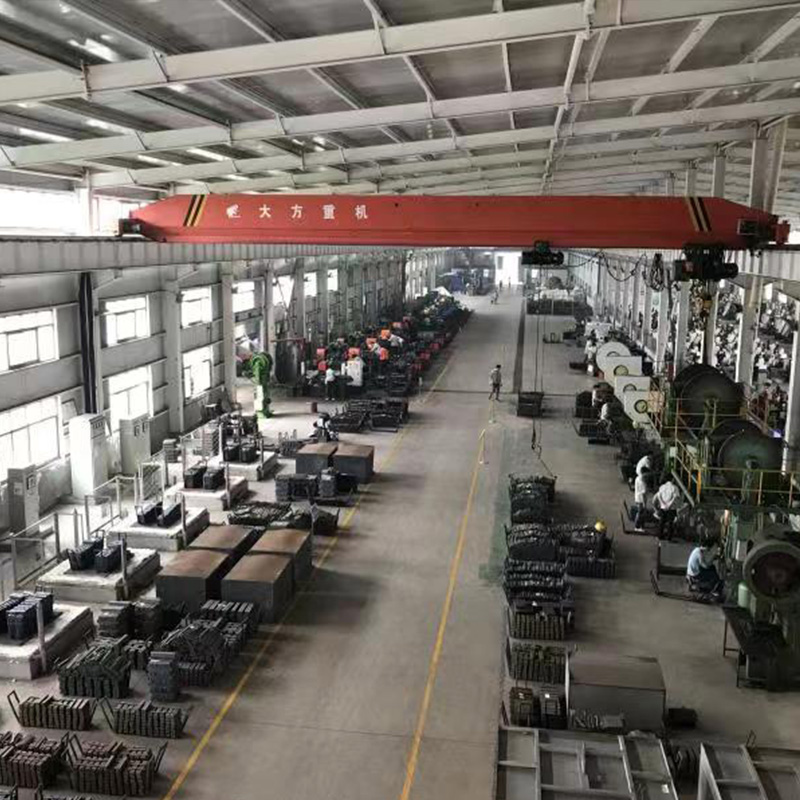pouch cell manufacturing machine
Pouch Cell Manufacturing Machines Revolutionizing Battery Production
The rapid growth of renewable energy technologies and electric vehicles has led to an unprecedented demand for efficient and reliable energy storage solutions. At the heart of this innovation lies the pouch cell technology, a type of lithium-ion battery that has gained popularity due to its lightweight, flexible design and high energy density. Central to the advancements in pouch cell production are specialized manufacturing machines that streamline the process, enhance quality, and reduce costs.
Understanding Pouch Cells
Pouch cells differ from conventional cylindrical or prismatic batteries in their structure and form factor. They are encased in a flexible aluminum foil, which offers several advantages, including reduced weight and improved thermal performance. Moreover, the pouch cell design allows for higher energy density, making them an ideal choice for applications ranging from portable electronics to electric vehicles and grid energy storage.
Importance of Manufacturing Machines
The manufacturing of pouch cells involves several critical steps, including electrode preparation, lamination, cell assembly, electrolyte filling, and sealing. Each of these steps requires precision and control, which is why specialized machines have been developed to optimize the manufacturing process. These machines not only enhance efficiency but also ensure the consistency and reliability of the final product.
1. Electrode Preparation The first step in pouch cell manufacturing involves preparing the electrodes. This includes coating the current collectors with active materials such as lithium nickel manganese cobalt oxide (NMC) for the cathode and graphite for the anode. Advanced coating machines are designed to apply these materials evenly, ensuring optimal performance.
2. Lamination After electrode preparation, the next stage is lamination. This process involves stacking the anode, separator, and cathode layers together. High-speed lamination machines play a crucial role in this phase, as they ensure precise alignment of components and control the thickness of each layer, which is essential for maximizing energy density.
pouch cell manufacturing machine

3. Cell Assembly Once laminated, the components are assembled into pouch cells. This step typically involves automated machines that can handle delicate materials without causing damage. Robotic arms with high precision are employed to place the laminated electrodes into pouches, ensuring consistent quality and minimizing production errors.
4. Electrolyte Filling The next step is filling the pouch with an electrolyte solution, which facilitates the movement of lithium ions between the cathode and anode during battery operation. Filling machines must operate under controlled environments to prevent contamination and ensure safety, as the electrolytes can be volatile.
5. Sealing The final step in the manufacturing process is sealing the pouch. This is critical for preventing leakage and ensuring the safety of the battery. Specialized sealing machines use heat and pressure to secure the pouch, creating a robust barrier that can withstand various environmental conditions.
Innovations in Pouch Cell Manufacturing
Recent advancements in manufacturing technology, including automation and Industry 4.0 principles, have revolutionized pouch cell production. Modern machines are equipped with sensors and IoT capabilities, allowing for real-time monitoring and data analysis throughout the manufacturing process. This not only enhances efficiency but also allows manufacturers to predict maintenance needs and reduce downtime.
Additionally, innovations in materials and design are making pouch cell manufacturing more sustainable. Processes that minimize waste and recycling technologies for used batteries are becoming increasingly important in the industry.
Conclusion
Pouch cell manufacturing machines are at the forefront of the battery industry, enabling the production of high-performance energy storage solutions that meet the growing demands of modern technology. As the world shifts towards cleaner energy and electric mobility, these machines will continue to play a pivotal role in shaping the future of energy storage. Investing in advanced manufacturing technologies will not only bolster efficiency but also pave the way for innovations that will define the energy landscape in the years to come.
Share
-
The Best Lubricants for Aluminum Roller GuidesNewsJul.23,2025
-
Slitting Machine Applications in the Packaging IndustryNewsJul.23,2025
-
Rolling Roller Balancing Techniques for Smooth OperationNewsJul.23,2025
-
How To Optimize An EV Battery Assembly LineNewsJul.23,2025
-
Energy Efficiency in Modern Battery Formation EquipmentNewsJul.23,2025
-
Automation Trends in Pouch Cell Assembly EquipmentNewsJul.23,2025







